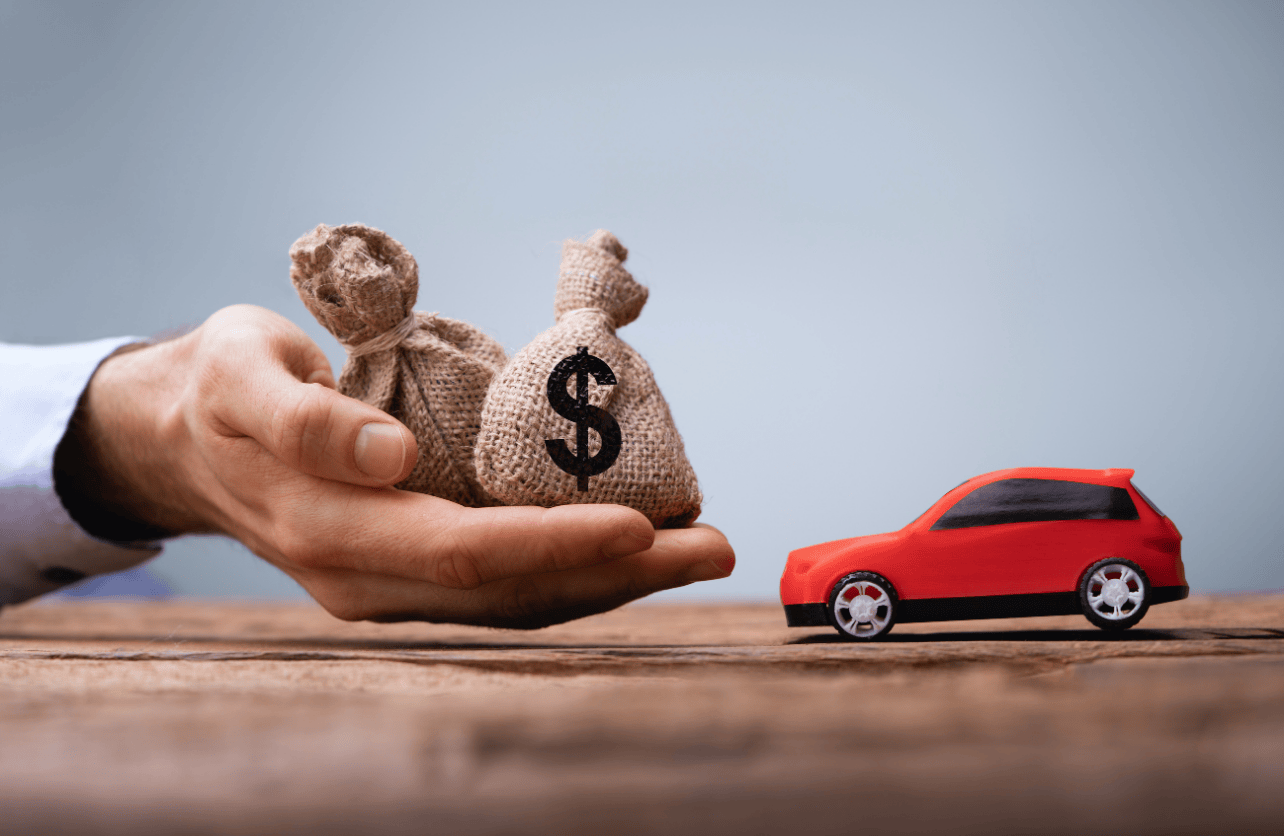What Is a Lien on a Car?

A lien on a car is a legal claim a lender or creditor (known as the lienholder) places on a vehicle to ensure repayment of a debt. Until the borrower fully repays the loan or satisfies the financial obligation, the lienholder retains legal rights to the car. This arrangement ensures that the lender can recover the loan amount if the borrower defaults.
Understanding car liens is crucial whether you’re financing a new car, selling your vehicle, or purchasing a used one. Here’s an in-depth look at car liens, their implications, and how to manage them.
How Does a Car Lien Work?
When you finance a car through a loan, the lender uses the vehicle as collateral. This means the lender has a legal claim to the car until you repay the loan. The lien is recorded on the vehicle’s title, indicating that the car is not fully owned by the borrower.
Once the loan is paid off, the lienholder releases the lien, granting the borrower full ownership. However, until that happens, the lienholder has the right to repossess the vehicle if the borrower fails to make payments.
Types of Car Liens
Car liens can arise in different scenarios, and understanding the type of lien is important:
- Consensual Liens
These are the most common types and occur when you agree to use the vehicle as collateral for a loan, including auto loans or leases. - Statutory Liens
Imposed by law, these occur when a service provider, such as a mechanic, claims a lien on your car for unpaid repair bills. This type is less common but important to resolve quickly.
Why Do Car Liens Matter?
Car liens have a significant impact on vehicle ownership and transactions:
- Selling a Car with a Lien
You cannot transfer full ownership of a vehicle until the lien is removed. To sell a car with a lien, the loan must first be paid off, and the lienholder must release their claim. - Vehicle Title Status
A car’s title will list any liens, indicating whether the vehicle is fully owned by the seller. Buyers should always check for liens to avoid legal disputes. - Insurance Requirements
Lenders often require borrowers to maintain comprehensive and collision insurance to protect their financial interest in the vehicle.
How to Check for a Lien on a Car
If you’re purchasing a used vehicle, verifying whether it has a lien is essential. Here’s how to check:
- Review the Title
Ask the seller for the vehicle’s title and check for any lienholder information listed. - Obtain a Vehicle History Report
Services like CARFAX or AutoCheck provide detailed records of a car’s history, including any existing liens. - Contact the DMV
The Department of Motor Vehicles in your state can provide lien information based on the car’s VIN (Vehicle Identification Number).
How to Remove a Lien from a Car
Removing a lien involves the following steps:
- Repay the Loan
Pay off the remaining balance of your auto loan or settle the financial obligation associated with the lien. - Obtain a Lien Release Document
Once the debt is cleared, the lienholder will issue a lien release. This document confirms that their claim on the vehicle has been satisfied. - Update the Title
Submit the lien release document to your local DMV to update the car’s title and reflect full ownership.
Common Questions About Car Liens
- Can I Drive a Car with a Lien on It?
Yes, as long as you’re making regular loan payments, you can drive the car. The lienholder’s interest doesn’t restrict your use of the vehicle. - What Happens if I Don’t Pay Off the Loan?
If you default on the loan, the lienholder has the legal right to repossess the vehicle and sell it to recover the unpaid balance. - Can I Buy a Car with an Active Lien?
Yes, but the lien must be resolved before ownership can be fully transferred to you. Ensure the seller pays off the lien or negotiate to handle it during the transaction.
Conclusion
Understanding car liens is essential for both current vehicle owners and prospective buyers. A lien protects the lender’s interest but comes with responsibilities for the borrower. Whether you’re selling a car, buying a used one, or paying off a loan, knowing how to handle a lien ensures smooth ownership transitions and avoids potential complications.
Meta Descriptions
- Discover the types of car liens, their implications, and how to remove them for clear ownership.
- Buying a used car? Learn how to check for liens and protect yourself during the transaction.
- Find out what a lienholder is and how car loans create legal claims on vehicles.
- Learn the steps to resolve car liens, from paying off loans to updating the vehicle title.